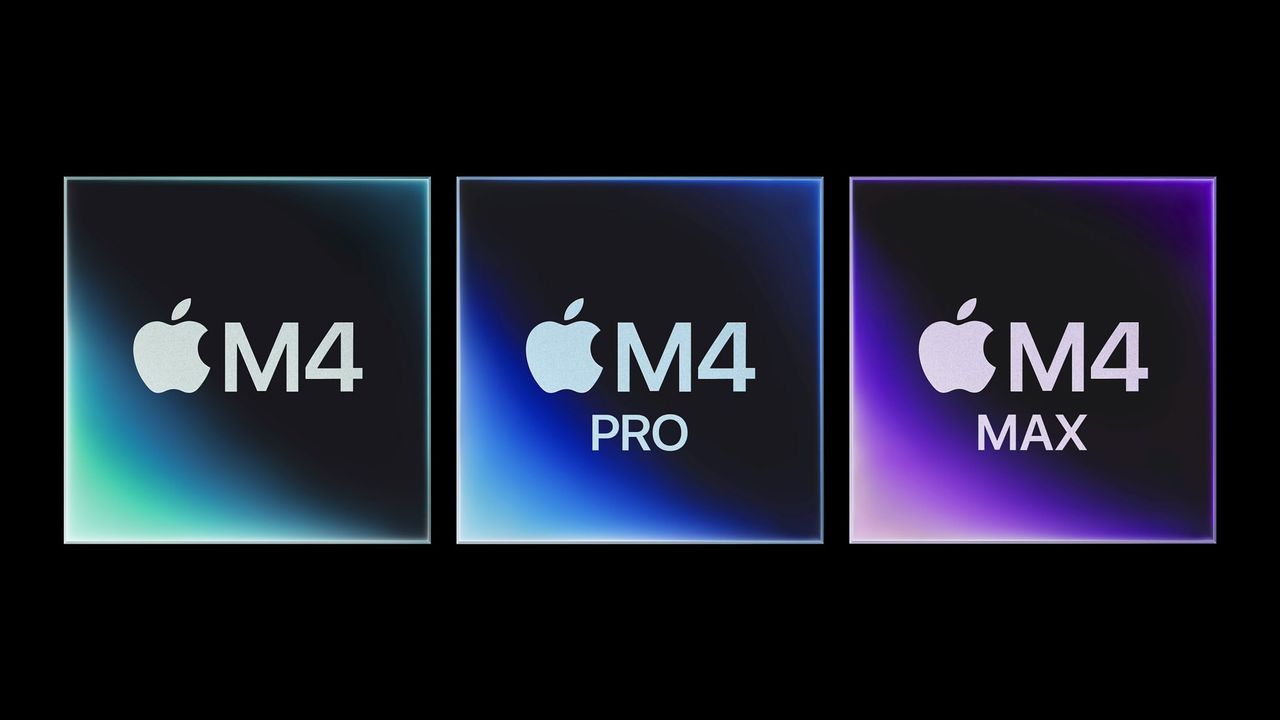- Pro
Apple’s M-series chips now favor GPU and memory over raw CPU speed
Comments (0) ()When you purchase through links on our site, we may earn an affiliate commission. Here’s how it works.
 (Image credit: Apple)
(Image credit: Apple)
- Apple shifts chip power from CPUs toward GPUs and memory for better balance
- Efficiency gains plateau for CPUs while GPU and neural engine performance soar
- MacBook Pros redefine performance around sustained workloads not raw CPU speed
Apple’s custom silicon has evolved rapidly since the launch of its first M1 processor back in 2020 - the first chip which marked Apple’s transition away from Intel and focused heavily on CPU efficiency.
The power balance began to shift with the arrival of the M1 Pro and M1 Max in 2021, where the GPU consumed a far greater chunk of total chip power.
- Amazon Black Friday deals are live: here are our picks!
The M2 generation largely followed that trend, but the M3 Max raised CPU clocks and power limits, nudging more budget to the CPU in mobile systems, before the balance shifted back toward GPU and memory.
You may like-
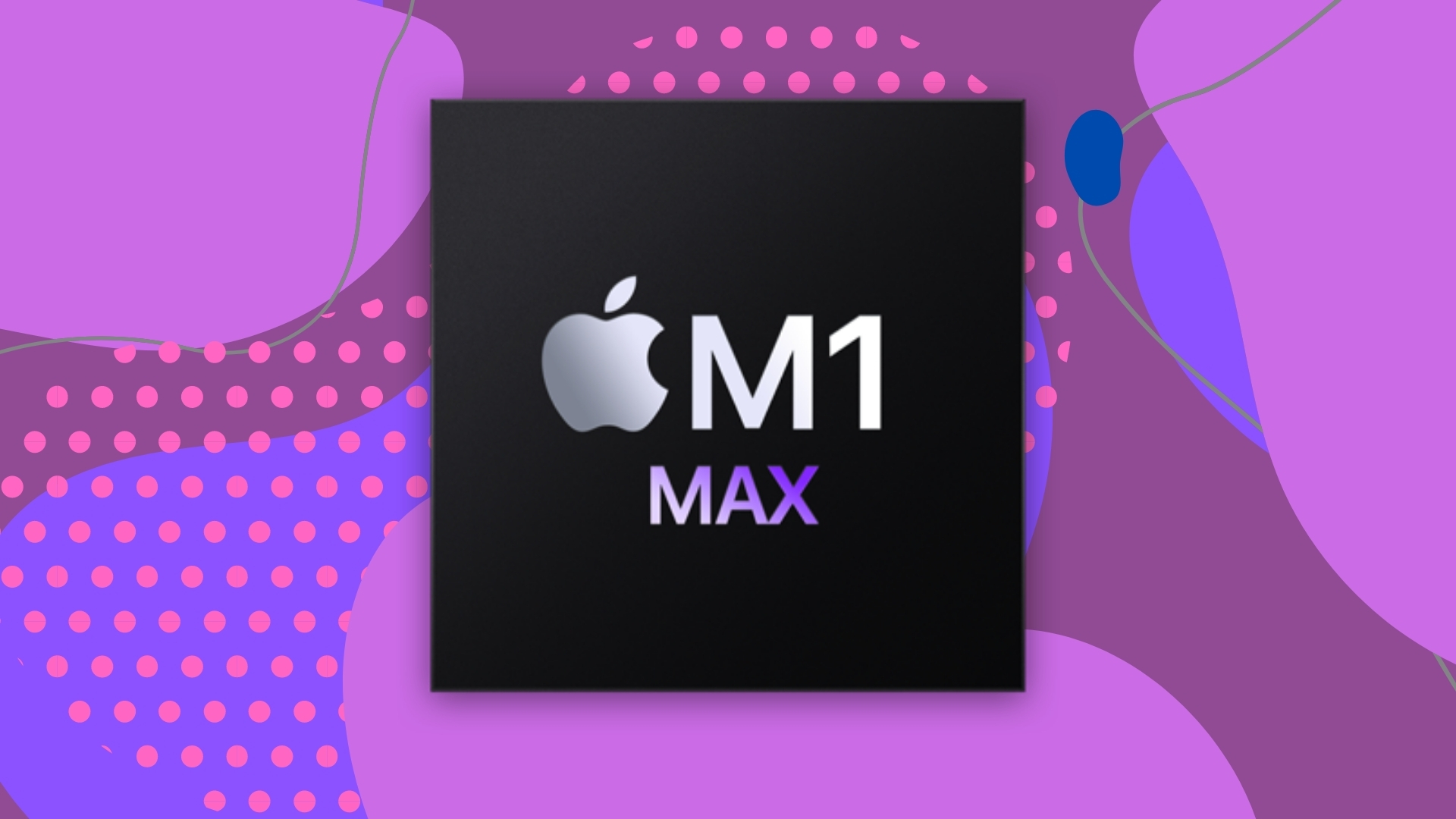 Stop! Should you upgrade your M1 Max Apple Mac to the M5? GPU and memory bandwidth data reveal the surprising answer
Stop! Should you upgrade your M1 Max Apple Mac to the M5? GPU and memory bandwidth data reveal the surprising answer
-
 The true pro tax: M5 Pro vs. M5 Max - why that extra 275GB/s of memory bandwidth is worth thousands of dollars for video and AI workflows
The true pro tax: M5 Pro vs. M5 Max - why that extra 275GB/s of memory bandwidth is worth thousands of dollars for video and AI workflows
-
 It’s official – the M5 MacBook Pro is class-leading in one key area, and that bodes well for the M5 Pro and M5 Max
It’s official – the M5 MacBook Pro is class-leading in one key area, and that bodes well for the M5 Pro and M5 Max

This article is the final one in a five-part series delving deep into Apple’s M-class processors, from the early M1 through to the newly announced M5 and our projected M5 Ultra. Each piece explores how Apple’s silicon has evolved in architecture, performance, and design philosophy, and what those changes might mean for the company’s future hardware.
M4 goes to the Max
When the M4 Max arrived in 2024, adding Thunderbolt 5 to the Mac for the first time, the CPU was no longer the principal consumer of thermal headroom.
Early M1 designs dedicated roughly 18W to 25W of their power budgets to the CPU. The rest went to graphics and memory bandwidth.
The M1 Max drew about 115W in total, but only 25W for its CPU cores. Estimates suggest the M4 Max CPU draws about 48W within a roughly 70W chip envelope, with Apple allocating substantial power to graphics and memory bandwidth.
The new M5 generation, which rolled out a week ago and powers the new 14-inch MacBook Pro and new iPad Pro, has the CPU drawing a maximum of 15W from 25W.
Are you a pro? Subscribe to our newsletterContact me with news and offers from other Future brandsReceive email from us on behalf of our trusted partners or sponsorsBy submitting your information you agree to the Terms & Conditions and Privacy Policy and are aged 16 or over.While there’s no word on when an M5 Max might see the light of day – there was an almost six month gap between the M4 and the M4 Pro and Max – that version is likely to raise total chip power, but without a large hike in CPU consumption.
Data estimates generated by Google Gemini, based on past Apple chip trends, suggest that CPU will use about 50W from a 95W overall design, nearly identical to the M4 Max’s proportion.
Apple’s power scaling looks to have reached a point where the CPU cores are efficient enough that adding wattage to the mix brings minimal benefit.
You may like-
 Stop! Should you upgrade your M1 Max Apple Mac to the M5? GPU and memory bandwidth data reveal the surprising answer
Stop! Should you upgrade your M1 Max Apple Mac to the M5? GPU and memory bandwidth data reveal the surprising answer
-
 The true pro tax: M5 Pro vs. M5 Max - why that extra 275GB/s of memory bandwidth is worth thousands of dollars for video and AI workflows
The true pro tax: M5 Pro vs. M5 Max - why that extra 275GB/s of memory bandwidth is worth thousands of dollars for video and AI workflows
-
 It’s official – the M5 MacBook Pro is class-leading in one key area, and that bodes well for the M5 Pro and M5 Max
It’s official – the M5 MacBook Pro is class-leading in one key area, and that bodes well for the M5 Pro and M5 Max
Multi-core CPU benchmark scores have risen relatively modestly from the M1 Max’s 13,188 to up to 25,000 in the M4 Max.
GPU performance, meanwhile, has climbed from about 112,000 in the M1 Max to an estimate of more than 200,000 for the projected M5 Max.
The neural engine has jumped from 11 TOPS in the first M1 to an estimated 133 TOPS in the new M5, supporting Apple Intelligence on-device, with Gemini's projections suggesting around 400 TOPS for the future M5 Max.
Instead of chasing peak CPU output, Apple is optimizing for sustained mixed workloads that combine CPU, GPU, and AI processing, ultimately reshaping what we think of as a professional MacBook.
For creative and machine-learning tasks, the payoff comes from how efficiently the chip moves data and balances power, rather than how fast a single core runs.
In Apple’s base M5, the CPU has reached a mature efficiency point, and the true cost of performance now lies with the GPU and memory system.
Follow TechRadar on Google News and add us as a preferred source to get our expert news, reviews, and opinion in your feeds. Make sure to click the Follow button!
And of course you can also follow TechRadar on TikTok for news, reviews, unboxings in video form, and get regular updates from us on WhatsApp too.
TOPICS Apple Google Wayne WilliamsSocial Links NavigationEditor
Wayne WilliamsSocial Links NavigationEditorWayne Williams is a freelancer writing news for TechRadar Pro. He has been writing about computers, technology, and the web for 30 years. In that time he wrote for most of the UK’s PC magazines, and launched, edited and published a number of them too.
You must confirm your public display name before commenting
Please logout and then login again, you will then be prompted to enter your display name.
Logout Read more Stop! Should you upgrade your M1 Max Apple Mac to the M5? GPU and memory bandwidth data reveal the surprising answer
Stop! Should you upgrade your M1 Max Apple Mac to the M5? GPU and memory bandwidth data reveal the surprising answer
 The true pro tax: M5 Pro vs. M5 Max - why that extra 275GB/s of memory bandwidth is worth thousands of dollars for video and AI workflows
The true pro tax: M5 Pro vs. M5 Max - why that extra 275GB/s of memory bandwidth is worth thousands of dollars for video and AI workflows
 It’s official – the M5 MacBook Pro is class-leading in one key area, and that bodes well for the M5 Pro and M5 Max
It’s official – the M5 MacBook Pro is class-leading in one key area, and that bodes well for the M5 Pro and M5 Max
 M5 benchmark leak shows Apple's CPU outgunning Qualcomm's powerful Snapdragon X2 Elite Extreme
M5 benchmark leak shows Apple's CPU outgunning Qualcomm's powerful Snapdragon X2 Elite Extreme
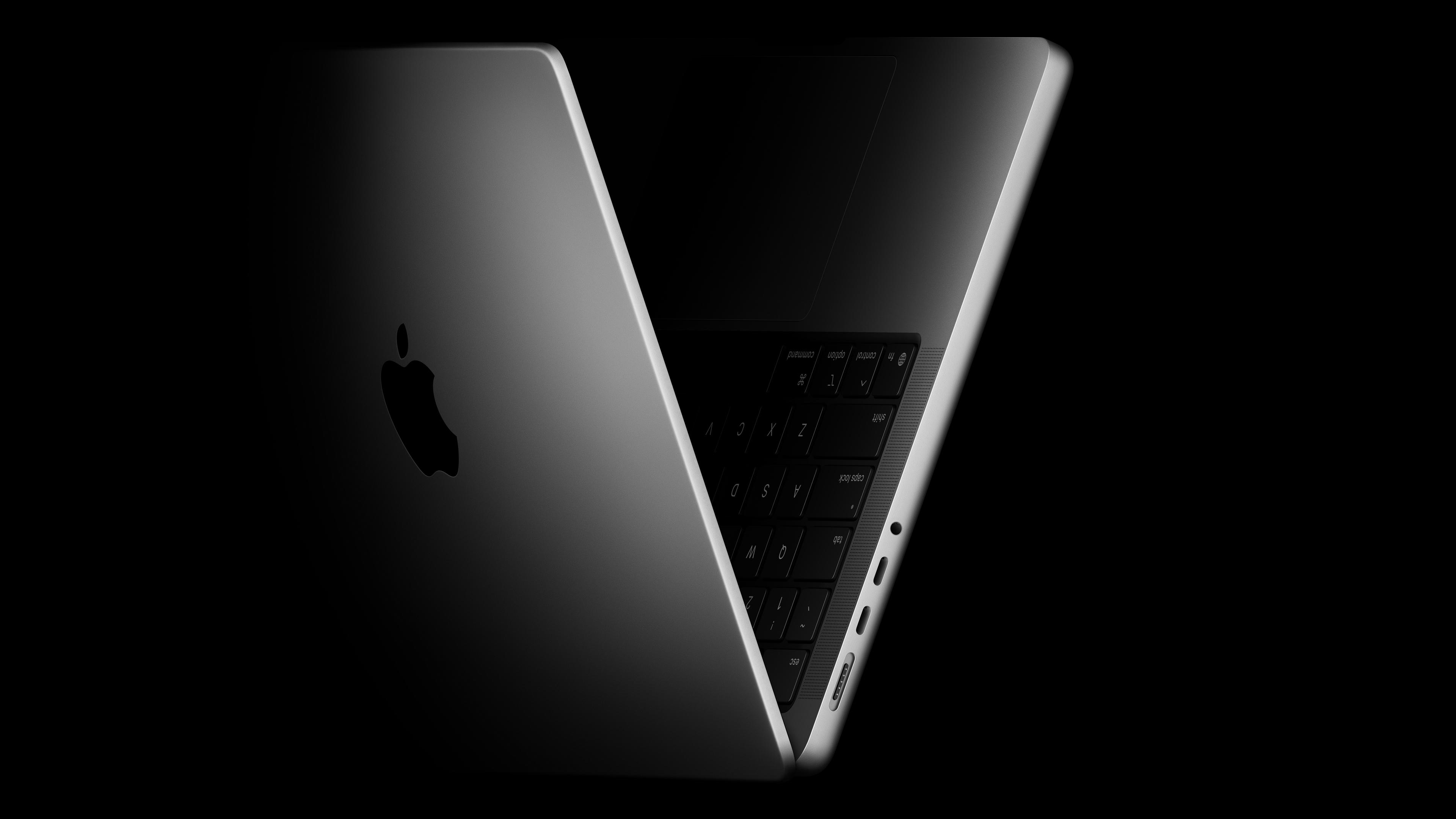 The M5 MacBook Pro is official – here are 5 things you need to know
The M5 MacBook Pro is official – here are 5 things you need to know
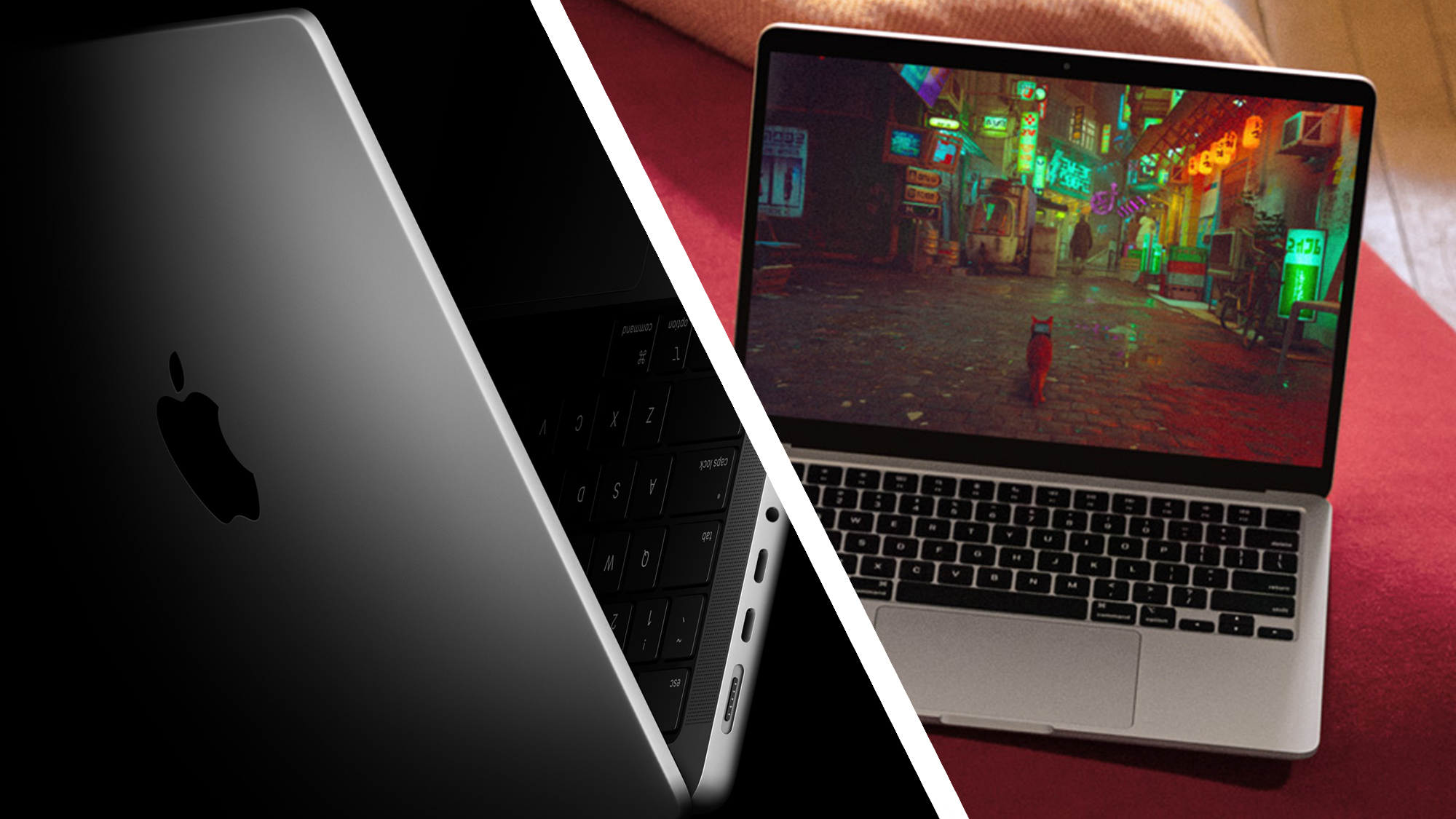 The M5 MacBook Pro is a beast, but this MacBook is a better choice for most people – and it's half the cost
Latest in Pro
The M5 MacBook Pro is a beast, but this MacBook is a better choice for most people – and it's half the cost
Latest in Pro
 Jimdo adds AI to its website builder, promises better business outcomes
Jimdo adds AI to its website builder, promises better business outcomes
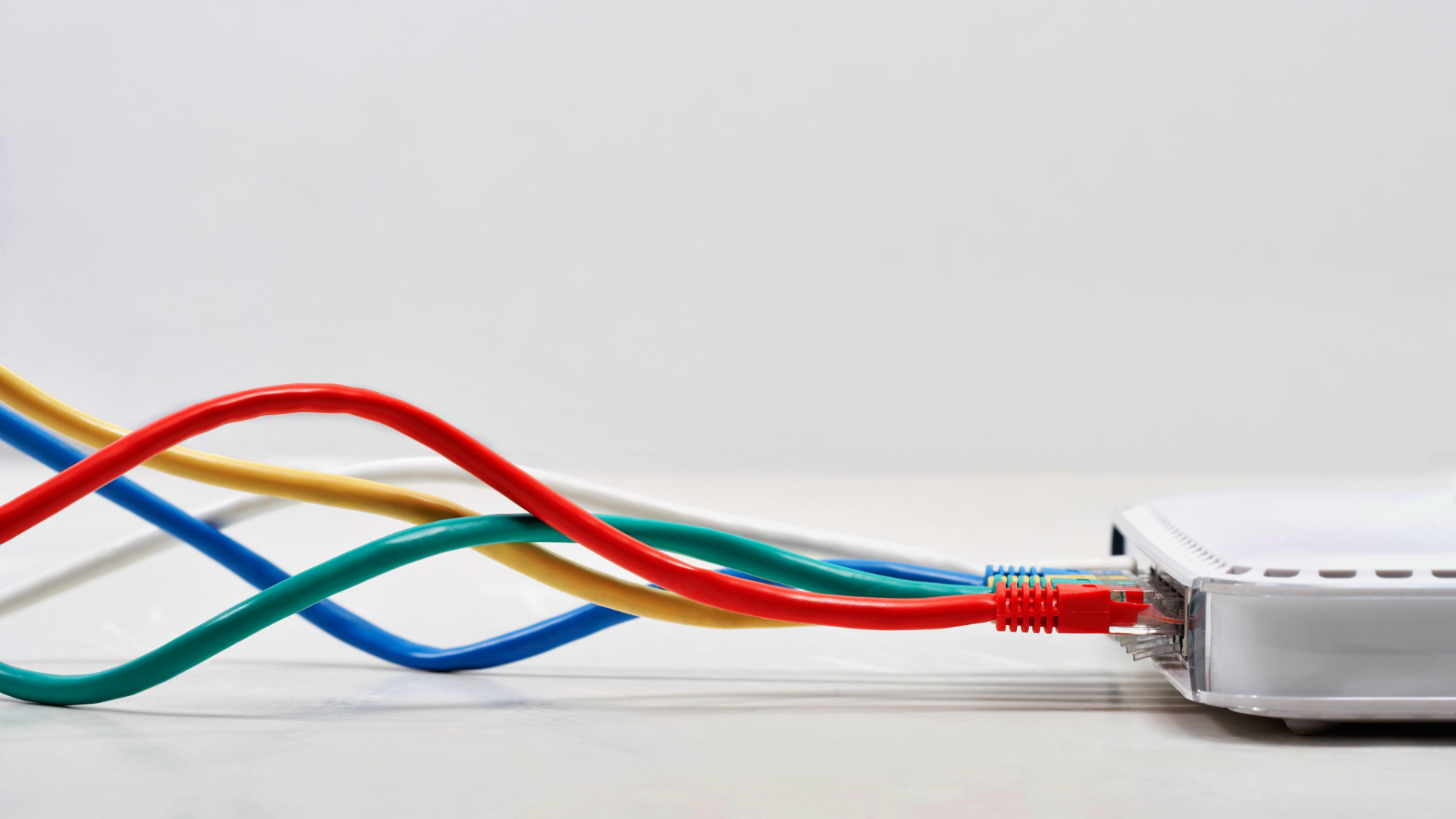 D-Link routers under threat from dangerous flaw - here's how to stay safe
D-Link routers under threat from dangerous flaw - here's how to stay safe
 Second-order prompt injection can turn AI into a malicious insider
Second-order prompt injection can turn AI into a malicious insider
 Too good to be true? Be careful when looking through those Black Friday offers - they might be a scam
Too good to be true? Be careful when looking through those Black Friday offers - they might be a scam
 A glimpse into the next decade of connectivity: 4 lessons from Yotta 2025
A glimpse into the next decade of connectivity: 4 lessons from Yotta 2025
 Protecting productivity: the imperative of cybersecurity in manufacturing
Latest in News
Protecting productivity: the imperative of cybersecurity in manufacturing
Latest in News
 Comet AI browser lands on Android
Comet AI browser lands on Android
 Mullvad VPN adds ultra-fast obfuscation to beat WireGuard blocking
Mullvad VPN adds ultra-fast obfuscation to beat WireGuard blocking
 Black Friday scams are everywhere now – here are the 5 best ways to stay safe
Black Friday scams are everywhere now – here are the 5 best ways to stay safe
 X was down again – here's how its latest outage played out
X was down again – here's how its latest outage played out
 ICYMI: the 7 biggest tech stories of the week, from Google's AirDrop surprise to Gemini 3
ICYMI: the 7 biggest tech stories of the week, from Google's AirDrop surprise to Gemini 3
 Harlem Eubank vs Josh Wagner — How to watch, *FREE* live stream, what time does it start?
LATEST ARTICLES
Harlem Eubank vs Josh Wagner — How to watch, *FREE* live stream, what time does it start?
LATEST ARTICLES- 1Where Apple spends its power: M4 Max CPU consumes just 48W - Why the GPU and memory system define the true cost of your MacBook Pro
- 2Stranger Things season 5 part 1 predictions: 5 things I expect to happen when the hit Netflix show returns
- 3I’ve shot over 1,000 photos with the Ricoh GR IV – here are my favorites, and one new feature stands out
- 4Is Incognito Mode actually private? Here’s the surprising answer from cybersecurity experts
- 5I tested the Sonos Arc Ultra and compared it to a top JBL Dolby Atmos soundbar – here’s the one I’d recommend you buy
